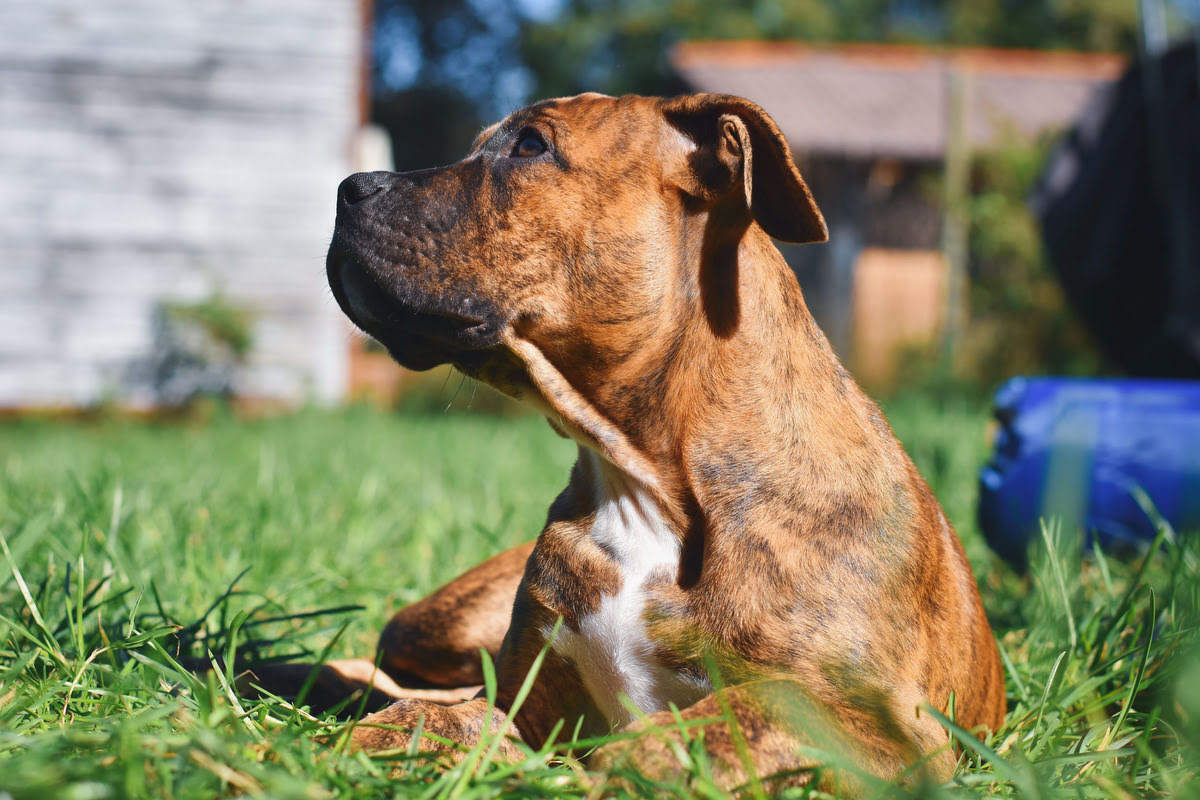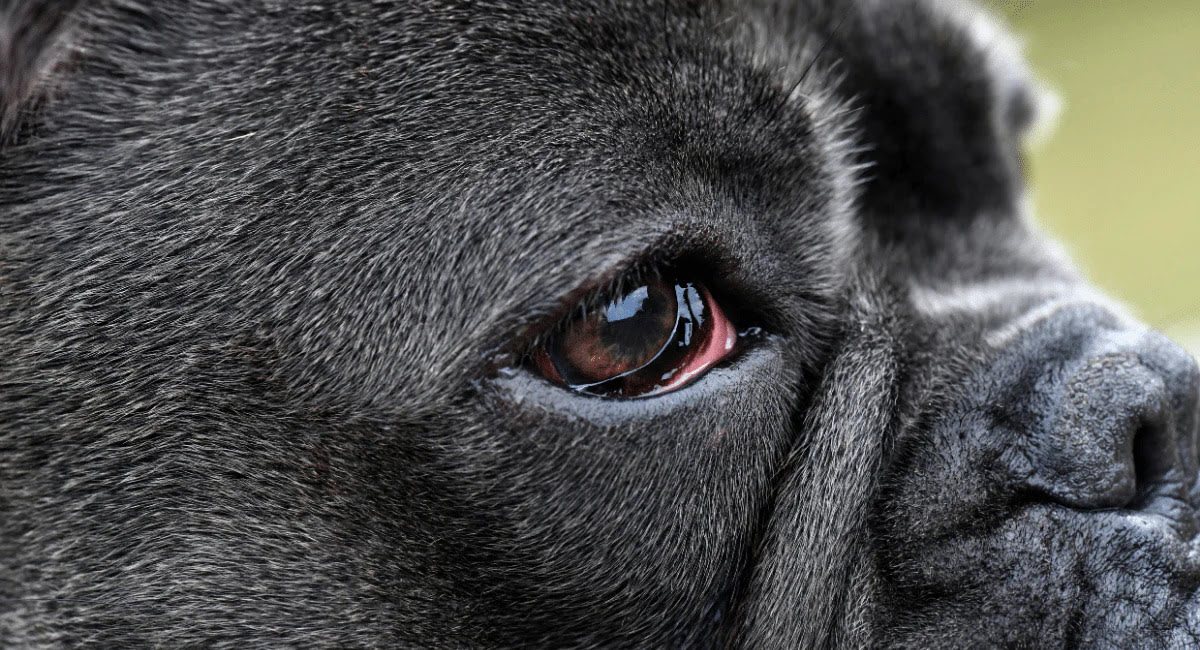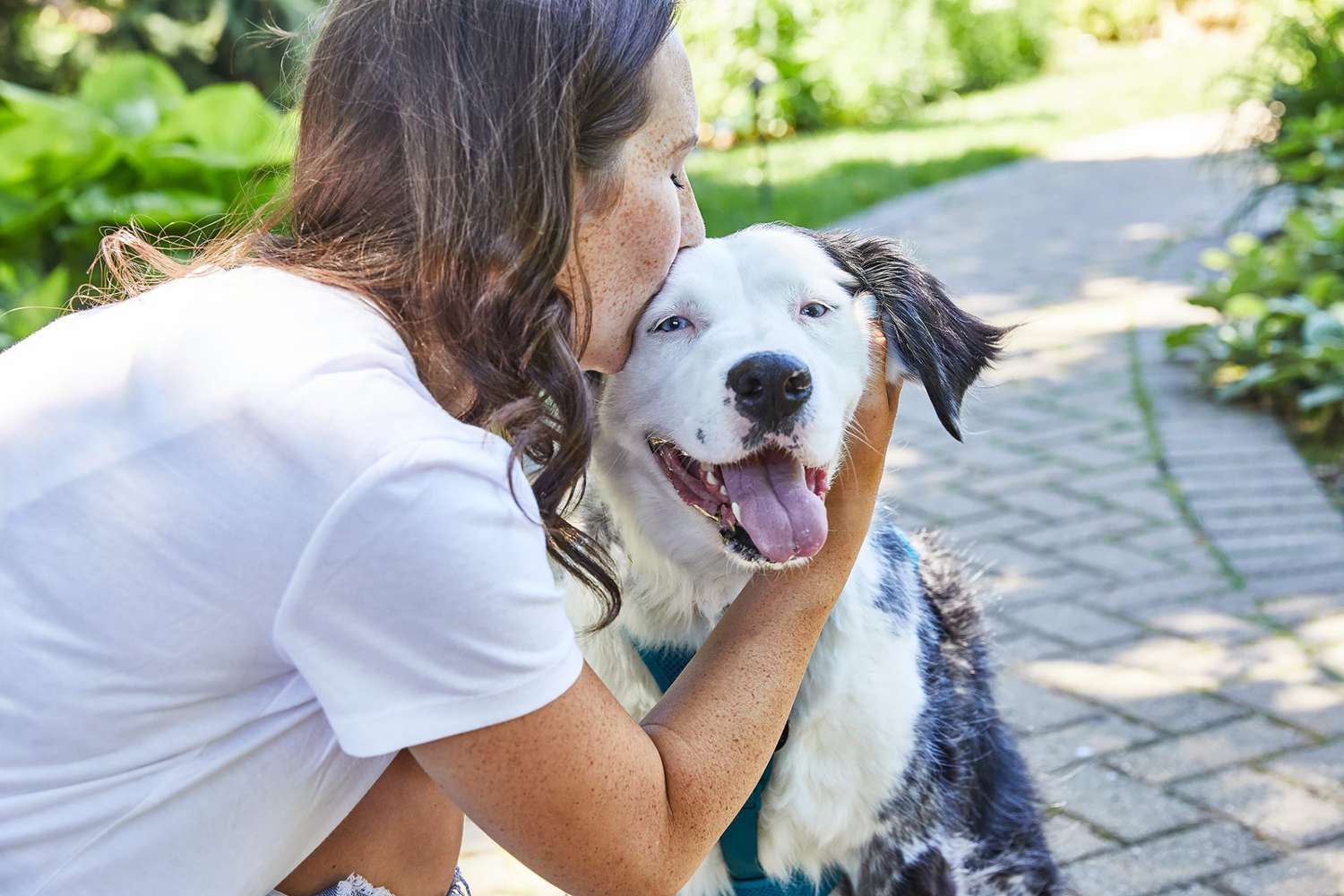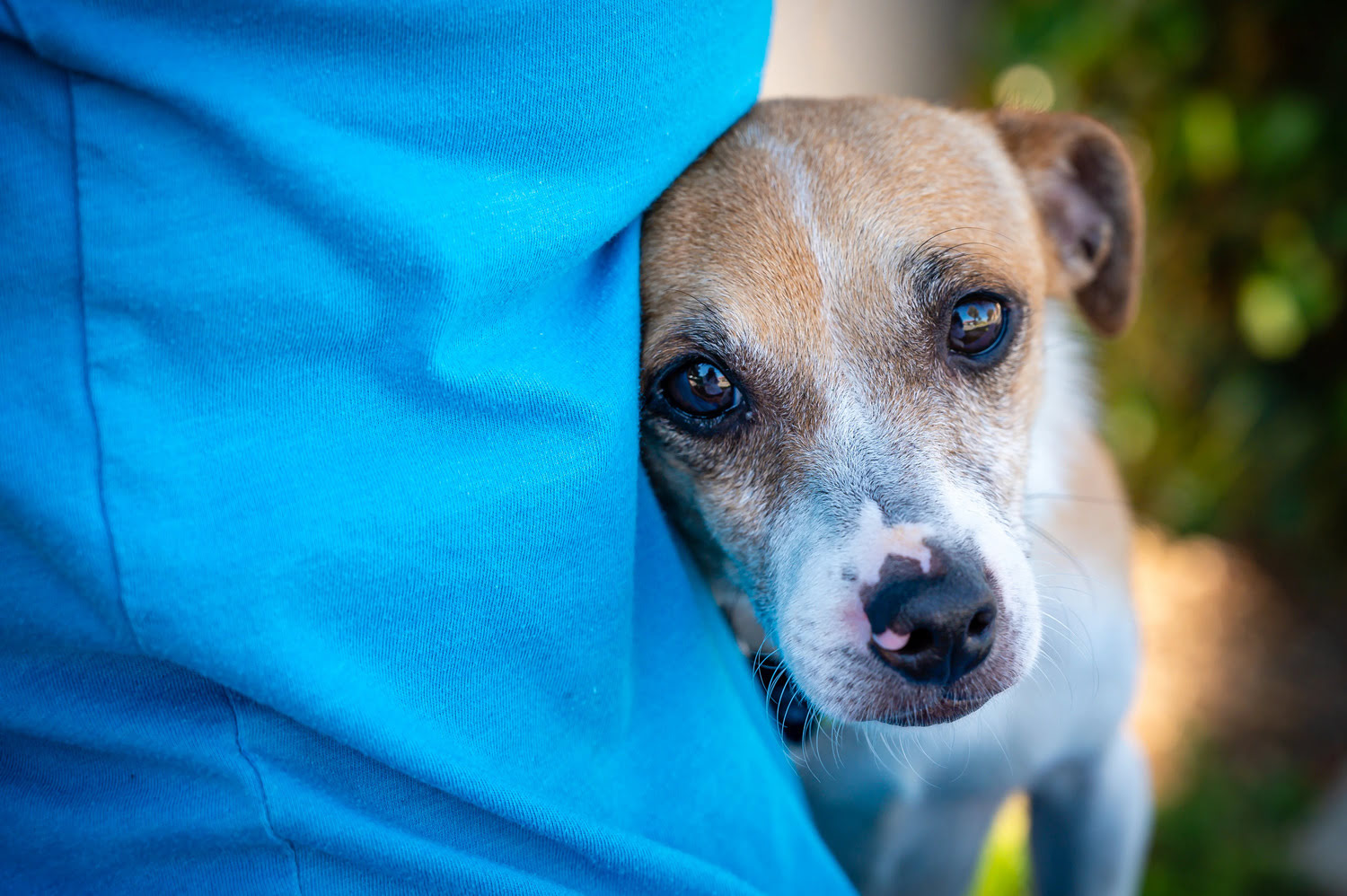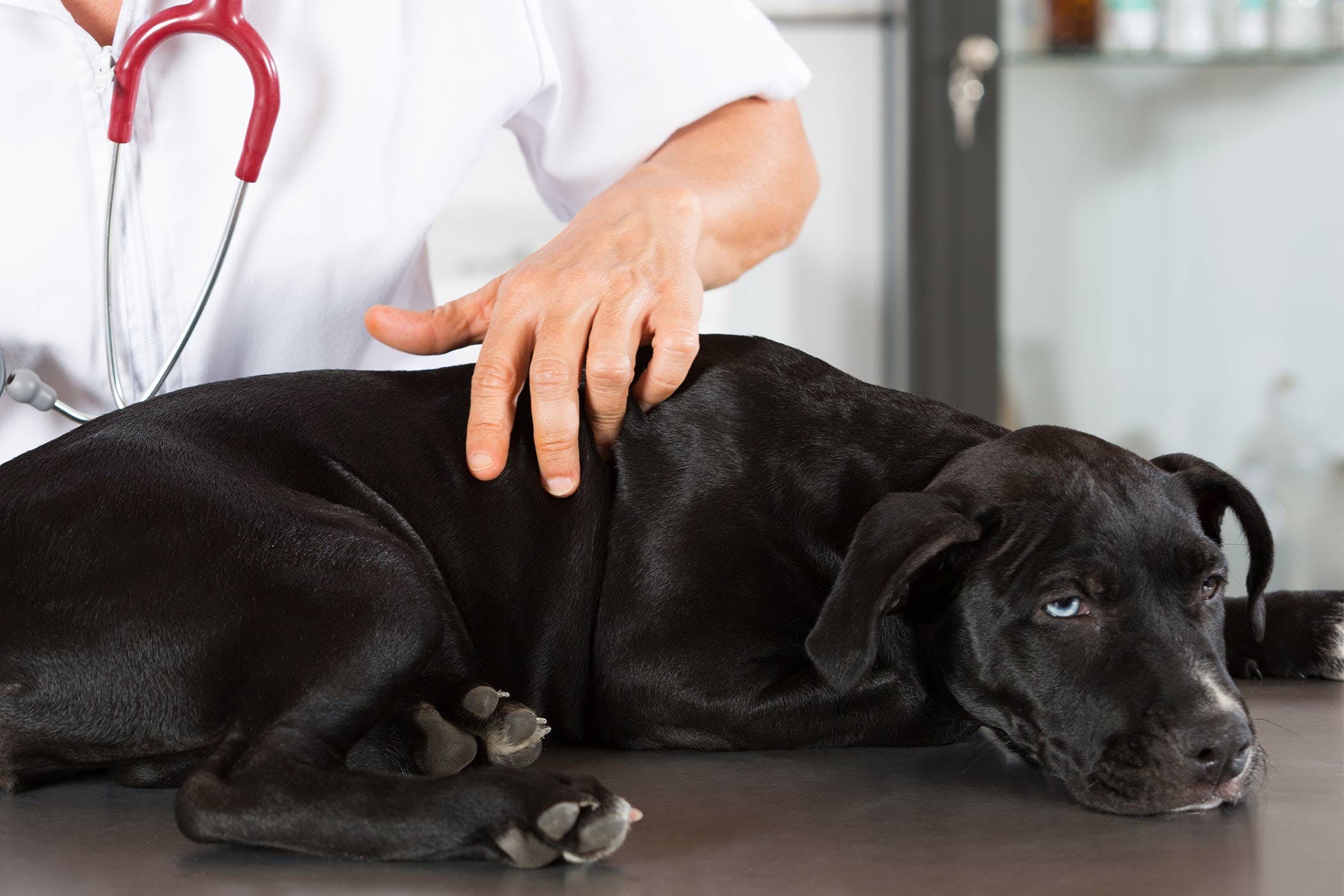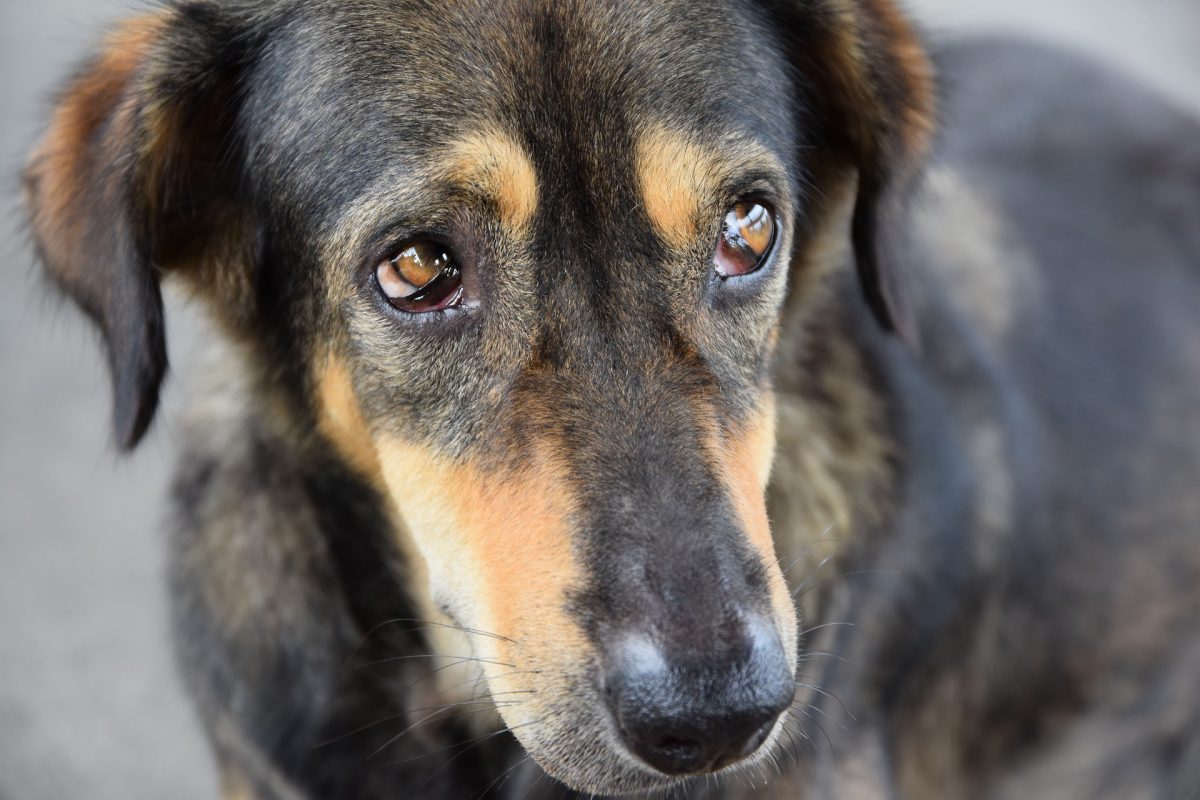Home>Health & Wellness>Common Health Issues>When Do Dogs Show Symptoms Of Lung Cancer
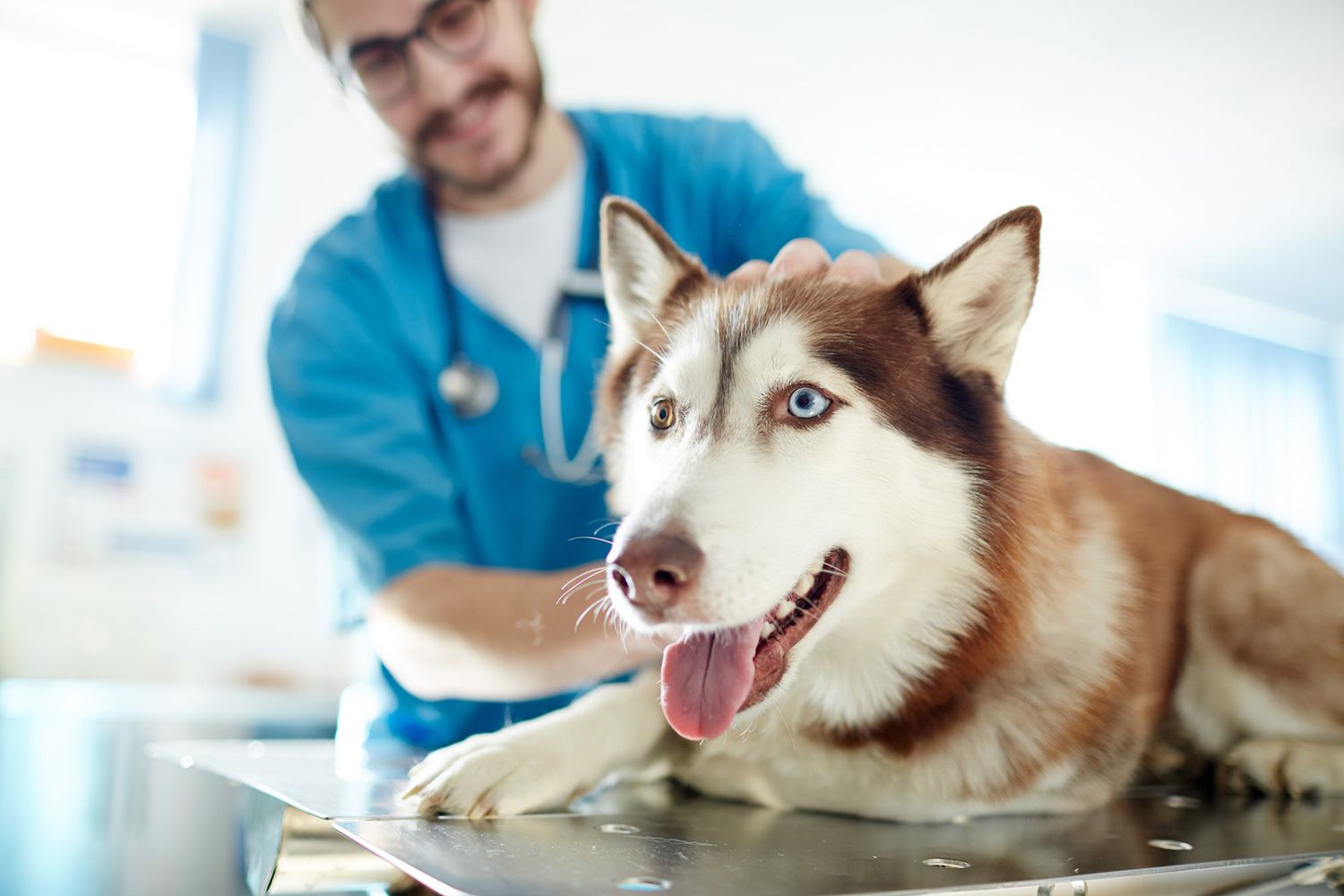

Common Health Issues
When Do Dogs Show Symptoms Of Lung Cancer
Published: February 4, 2024
Learn about common health issues in dogs, including when symptoms of lung cancer may appear. Understand the signs and seek early veterinary care.
(Many of the links in this article redirect to a specific reviewed product. Your purchase of these products through affiliate links helps to generate commission for Pawsomeoldies.com, at no extra cost. Learn more)
Table of Contents
Introduction
Lung cancer is a serious health concern that affects not only humans but also our beloved canine companions. As responsible pet owners, it's crucial to be aware of the signs and symptoms of lung cancer in dogs, as early detection can significantly impact their prognosis and quality of life.
Just like in humans, lung cancer in dogs can be a life-threatening condition that requires prompt attention and care. Understanding the potential risk factors, symptoms, and treatment options for lung cancer in dogs is essential for providing the best possible care for our furry friends.
In this comprehensive guide, we will delve into the various aspects of lung cancer in dogs, including common symptoms, diagnostic procedures, and available treatment options. By gaining a deeper understanding of this condition, pet owners can be better equipped to recognize potential signs of lung cancer in their dogs and seek timely veterinary intervention.
Let's embark on this informative journey to shed light on the nuances of lung cancer in dogs and empower pet owners with the knowledge they need to advocate for their pets' well-being.
Read more: When Dogs Have Cancer, Do They Lose Weight?
Understanding Lung Cancer in Dogs
Lung cancer, also known as pulmonary neoplasia, is a condition characterized by the abnormal growth of cells within the lungs of dogs. This type of cancer can manifest in various forms, including primary lung tumors that originate within the lung tissue itself, as well as secondary tumors that spread to the lungs from other parts of the body.
In dogs, primary lung tumors are more prevalent than metastatic lung tumors, with certain breeds, such as the Boxer, Doberman Pinscher, and Golden Retriever, exhibiting a higher predisposition to developing this condition. While the exact causes of lung cancer in dogs remain elusive, environmental factors, genetic predisposition, and exposure to carcinogens such as secondhand smoke or air pollution are believed to play a role in the development of this disease.
Understanding the different types of lung cancer in dogs is essential for pet owners and veterinarians alike. Primary lung tumors can be further classified into benign and malignant forms, with malignant tumors posing a greater threat to a dog's health. Adenocarcinoma, bronchoalveolar carcinoma, and squamous cell carcinoma are among the most common types of malignant primary lung tumors in dogs, each with distinct characteristics and potential treatment approaches.
Metastatic lung tumors, on the other hand, occur when cancer cells from other parts of the body, such as the mammary glands or bones, spread to the lungs. This secondary form of lung cancer in dogs often presents unique challenges in terms of diagnosis and treatment, as the primary tumor site must also be addressed to effectively manage the disease.
As with any form of cancer, early detection and intervention are crucial for improving the prognosis and quality of life for dogs with lung cancer. By gaining a deeper understanding of the nature of this disease, pet owners can be better equipped to recognize potential symptoms and seek prompt veterinary care for their canine companions.
Common Symptoms of Lung Cancer in Dogs
Recognizing the common symptoms of lung cancer in dogs is pivotal for early detection and timely intervention. While the clinical manifestations of lung cancer can vary depending on the specific type and location of the tumor, there are several key symptoms that pet owners should be vigilant about. These signs may indicate a potential issue with the respiratory system and warrant a thorough veterinary evaluation.
-
Coughing: Persistent or unexplained coughing is a prevalent symptom of lung cancer in dogs. This may manifest as a dry, hacking cough or a cough accompanied by the production of blood-tinged sputum. It's important to note that while occasional coughing is normal for dogs, a persistent or worsening cough should prompt further investigation.
-
Labored Breathing: Dogs with lung cancer may exhibit labored or rapid breathing, often accompanied by shallow breaths or increased effort to inhale and exhale. This can be indicative of compromised lung function due to the presence of tumors or inflammation within the respiratory tract.
-
Exercise Intolerance: A noticeable decrease in a dog's tolerance for physical activity or exercise can be a red flag for underlying health issues, including lung cancer. If a previously active dog shows reluctance to engage in physical exertion or experiences fatigue more easily, it's essential to consider potential respiratory concerns.
-
Wheezing or Noisy Breathing: The presence of tumors or obstructions within the airways can lead to wheezing or noisy breathing in dogs with lung cancer. This may be audible as abnormal sounds during inhalation and exhalation, signaling the need for a thorough examination by a veterinarian.
-
Weight Loss and Decreased Appetite: Unexplained weight loss and a decline in appetite are common systemic symptoms associated with various types of cancer, including lung cancer. Dogs with this condition may exhibit a reduced interest in food, leading to a noticeable decline in body weight over time.
-
Lethargy and Weakness: Lung cancer can contribute to a general sense of lethargy and weakness in affected dogs. This may manifest as reduced energy levels, reluctance to engage in usual activities, and an overall lack of enthusiasm.
-
Cyanosis: In advanced cases of lung cancer, dogs may develop cyanosis, characterized by a bluish discoloration of the mucous membranes and skin due to inadequate oxygenation. This is a serious indication of compromised respiratory function and requires immediate veterinary attention.
It's important to emphasize that while these symptoms can be indicative of lung cancer, they may also overlap with other respiratory conditions or systemic illnesses. Therefore, any concerning changes in a dog's health should prompt a thorough veterinary assessment to determine the underlying cause and appropriate management.
By remaining attentive to these common symptoms and seeking prompt veterinary care when necessary, pet owners can play a proactive role in safeguarding their dogs' respiratory health and overall well-being.
Diagnosing Lung Cancer in Dogs
Diagnosing lung cancer in dogs requires a comprehensive approach that encompasses clinical evaluation, diagnostic imaging, and, in some cases, invasive procedures to confirm the presence of tumors within the lungs. Given the nonspecific nature of many symptoms associated with lung cancer, accurate diagnosis often involves ruling out other respiratory conditions and conducting specific tests to identify potential malignancies.
Veterinary Consultation and Physical Examination
The diagnostic process typically commences with a thorough veterinary consultation, during which the pet owner provides a detailed history of the dog's symptoms and overall health. The veterinarian conducts a comprehensive physical examination, paying close attention to respiratory sounds, presence of abnormal lung sounds, and any signs of respiratory distress. Additionally, the veterinarian may inquire about the dog's exposure to environmental carcinogens, previous medical history, and any concurrent health issues that could influence the diagnostic approach.
Diagnostic Imaging
Diagnostic imaging plays a pivotal role in the evaluation of suspected lung cancer in dogs. Chest radiographs (X-rays) are commonly employed to visualize the lungs and identify any abnormalities, such as masses, nodules, or infiltrates indicative of tumor growth. In some cases, advanced imaging modalities, such as computed tomography (CT) scans, may be recommended to obtain detailed cross-sectional images of the thoracic cavity, providing valuable insights into the size, location, and extent of lung tumors.
Cytology and Biopsy
To definitively confirm the presence of lung cancer and characterize the nature of the tumors, cytology and biopsy procedures may be performed. Fine needle aspiration (FNA) allows for the collection of cellular material from lung masses, which is then examined under a microscope to identify abnormal cell populations indicative of malignancy. Additionally, a biopsy, which involves obtaining a tissue sample from the lung tumors, may be conducted to further characterize the specific type of cancer and assess its potential aggressiveness.
Laboratory Tests
Laboratory tests, including complete blood count (CBC), serum biochemistry, and coagulation profiles, are often conducted to assess the dog's overall health status and identify any systemic abnormalities that may accompany lung cancer. These tests can provide valuable information about the dog's hematological parameters, organ function, and potential paraneoplastic syndromes associated with certain types of lung tumors.
Additional Diagnostic Considerations
In some cases, advanced diagnostic procedures, such as bronchoscopy or thoracoscopy, may be recommended to directly visualize the airways and lung tissue, obtain samples for analysis, or facilitate the removal of obstructive masses. These minimally invasive techniques can offer valuable diagnostic and therapeutic benefits, particularly in cases where precise localization and characterization of lung lesions are essential for treatment planning.
By employing a multifaceted diagnostic approach that integrates clinical assessment, imaging studies, cytology, and histopathology, veterinarians can effectively diagnose lung cancer in dogs and formulate tailored treatment strategies to address the specific nature of the disease. Timely and accurate diagnosis is instrumental in initiating appropriate interventions and optimizing the prognosis for dogs affected by this challenging condition.
Treatment Options for Lung Cancer in Dogs
Upon receiving a confirmed diagnosis of lung cancer in dogs, pet owners are often confronted with the challenging task of exploring treatment options that align with their pet's well-being and overall prognosis. While the management of lung cancer in dogs can present complex considerations, veterinary oncologists and healthcare teams strive to offer a range of therapeutic interventions tailored to the specific characteristics of the tumors and the individual needs of the affected dogs.
Surgical Intervention
In cases where the lung tumors are localized and deemed surgically accessible, surgical resection may be considered as a primary treatment modality. This approach involves the removal of the affected lung lobe or lobes, aiming to excise the tumors and achieve disease control. While surgical intervention offers the potential for curative intent in select cases, careful patient selection and thorough preoperative evaluation are essential to assess the feasibility and safety of this approach.
Chemotherapy
Chemotherapy, either as a standalone treatment or in conjunction with surgery, plays a crucial role in managing lung cancer in dogs. The administration of chemotherapeutic agents aims to target cancer cells, inhibit tumor growth, and mitigate the spread of malignant lesions. Veterinary oncologists may recommend specific chemotherapy protocols based on the type and stage of lung cancer, with the goal of achieving disease stabilization, alleviating clinical symptoms, and enhancing the dog's quality of life.
Radiation Therapy
Radiation therapy, utilizing targeted radiation beams to destroy cancer cells and shrink tumors, is another valuable treatment modality for lung cancer in dogs. This approach can be particularly beneficial for managing localized tumors, providing palliative relief, and reducing the impact of respiratory symptoms. Veterinary radiation oncologists employ advanced techniques to deliver precise radiation doses while minimizing the impact on healthy surrounding tissues, thereby optimizing treatment outcomes and minimizing potential side effects.
Palliative Care and Supportive Measures
In cases where curative treatment options may not be feasible or appropriate, palliative care and supportive measures play a pivotal role in enhancing the comfort and well-being of dogs with lung cancer. This comprehensive approach focuses on managing pain, alleviating respiratory distress, and addressing systemic effects of the disease to optimize the dog's quality of life. Palliative interventions may include pain management strategies, nutritional support, and respiratory therapies tailored to the individual needs of the affected dogs.
Investigational Therapies and Clinical Trials
As the field of veterinary oncology continues to advance, ongoing research and clinical trials offer promising avenues for exploring novel treatment modalities and investigational therapies for lung cancer in dogs. Participation in clinical trials allows eligible dogs to access cutting-edge treatments, contribute to scientific advancements, and receive specialized care under the guidance of experienced veterinary oncologists.
By integrating these diverse treatment options and individualizing therapeutic approaches based on the specific characteristics of the lung cancer, veterinary healthcare teams strive to optimize the management of this challenging condition and improve the outcomes for dogs affected by pulmonary neoplasia. Pet owners are encouraged to engage in open and informed discussions with their veterinary oncologists to explore the available treatment options, address their concerns, and make well-informed decisions that prioritize the well-being of their beloved canine companions.
Conclusion
In conclusion, the landscape of lung cancer in dogs encompasses a multifaceted terrain of clinical challenges, diagnostic intricacies, and diverse treatment modalities. As responsible pet owners, being attuned to the potential signs and symptoms of lung cancer in dogs is paramount, as early detection and intervention can significantly impact the prognosis and quality of life for our beloved companions.
By recognizing the common symptoms such as persistent coughing, labored breathing, exercise intolerance, and unexplained weight loss, pet owners can play a proactive role in advocating for their dogs' respiratory health. Timely veterinary consultation and thorough diagnostic evaluation are instrumental in identifying lung cancer and formulating tailored treatment strategies that align with the specific needs of the affected dogs.
The diagnostic journey for lung cancer in dogs often involves a comprehensive approach, integrating clinical assessment, diagnostic imaging, cytology, and histopathology to confirm the presence of tumors and characterize their nature. This multifaceted diagnostic process enables veterinarians to initiate appropriate interventions and optimize the management of this challenging condition.
In the realm of treatment, surgical resection, chemotherapy, radiation therapy, and palliative care stand as pillars of therapeutic intervention, each offering unique benefits in addressing the complexities of lung cancer in dogs. From curative intent through surgical excision to palliative relief and supportive measures, the treatment landscape strives to enhance the well-being and comfort of dogs affected by pulmonary neoplasia.
Furthermore, the realm of investigational therapies and clinical trials presents promising avenues for advancing the field of veterinary oncology, offering innovative treatment modalities and specialized care for dogs with lung cancer. Engaging in open and informed discussions with veterinary oncologists empowers pet owners to explore the available treatment options, address their concerns, and make well-informed decisions that prioritize the well-being of their cherished companions.
Ultimately, the journey of navigating lung cancer in dogs underscores the significance of early detection, comprehensive diagnostics, and individualized treatment approaches. By fostering a deeper understanding of this condition and actively participating in the care journey of our canine companions, pet owners can contribute to the well-being and resilience of dogs affected by lung cancer, embodying the unwavering bond between humans and their faithful four-legged friends.



